Filter by
The language used throughout the course, in both instruction and assessments.
Choose the Art History Course That Aligns Best With Your Educational Goals
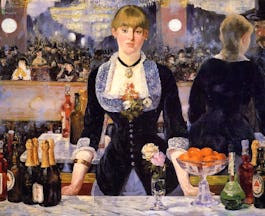 Status: Free
Status: FreeWesleyan University
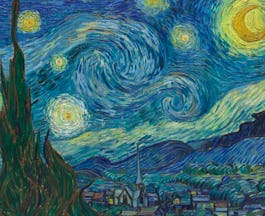
The Museum of Modern Art
Skills you'll gain: Design and Product, Critical Thinking, Creativity

Universidad de Palermo
Skills you'll gain: Culture
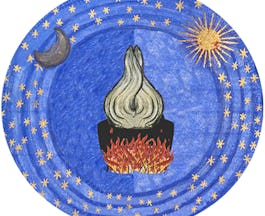 Status: Free
Status: FreeUniversitat de Barcelona
 Status: Free
Status: FreeUniversity of Pennsylvania
Skills you'll gain: Culture
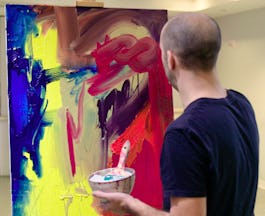 Status: Free
Status: FreeThe Museum of Modern Art
Skills you'll gain: Human Learning
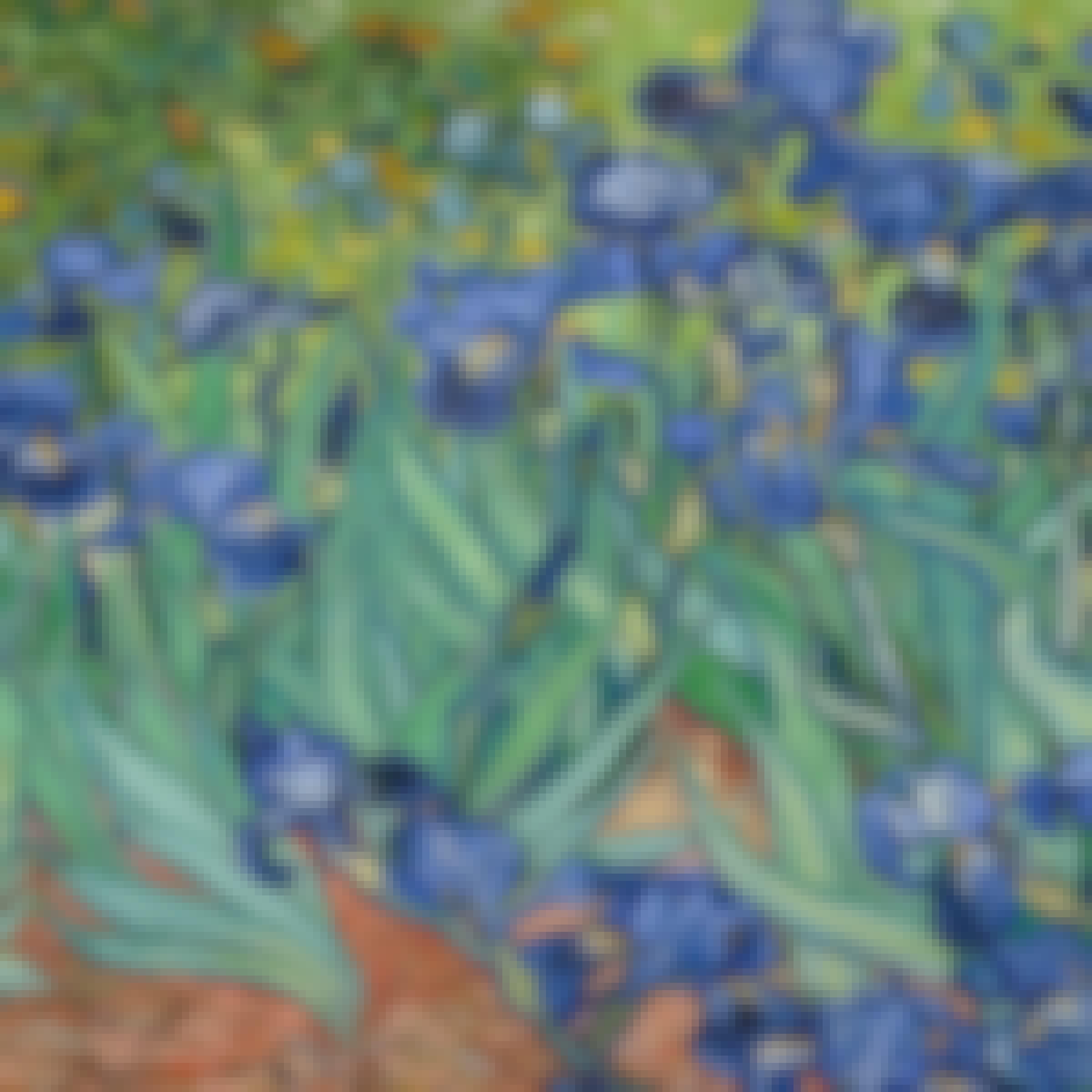
Universidad de Palermo
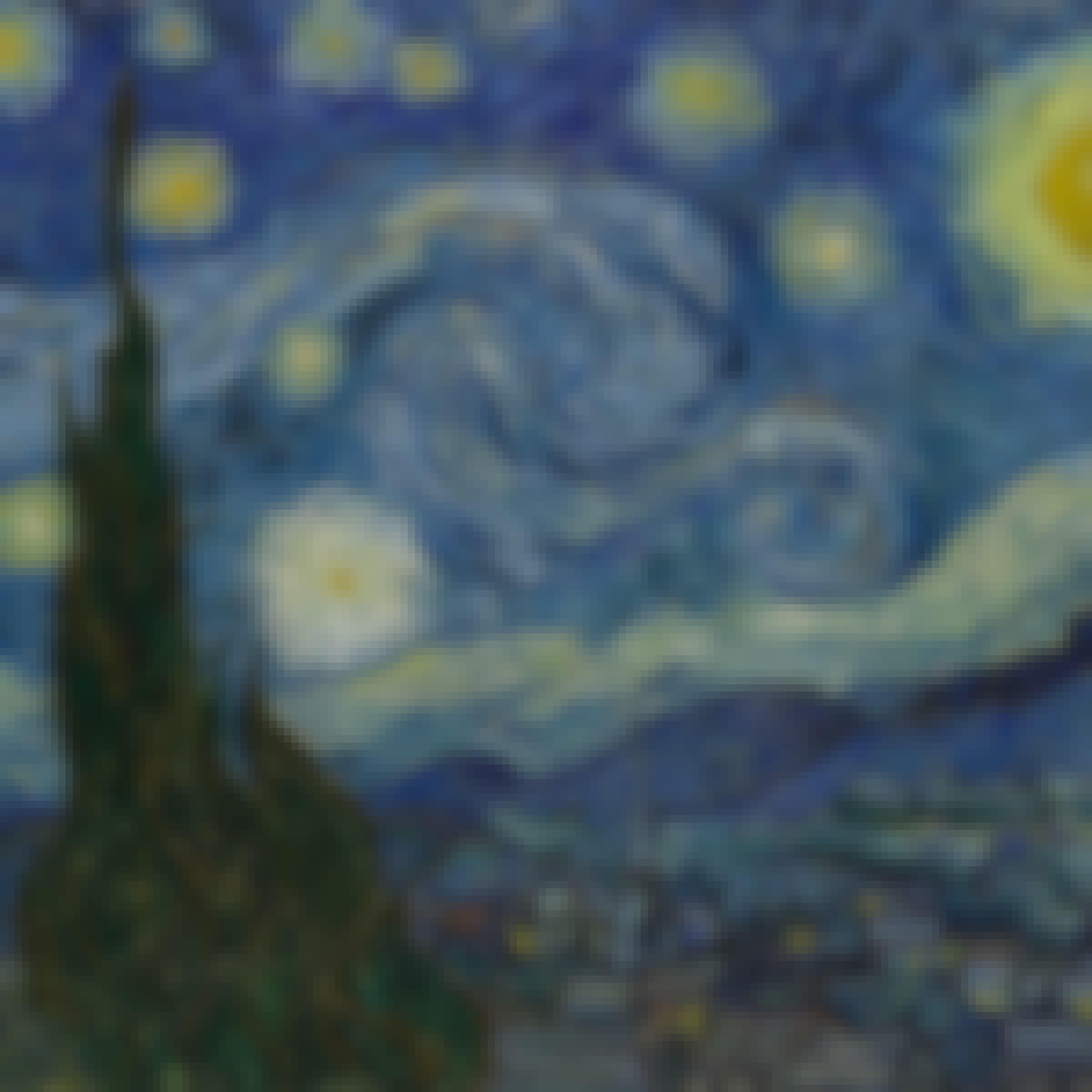
The Museum of Modern Art
Skills you'll gain: Creativity, Critical Thinking
 Status: Free
Status: FreeUniversity of Arizona

Georgetown University
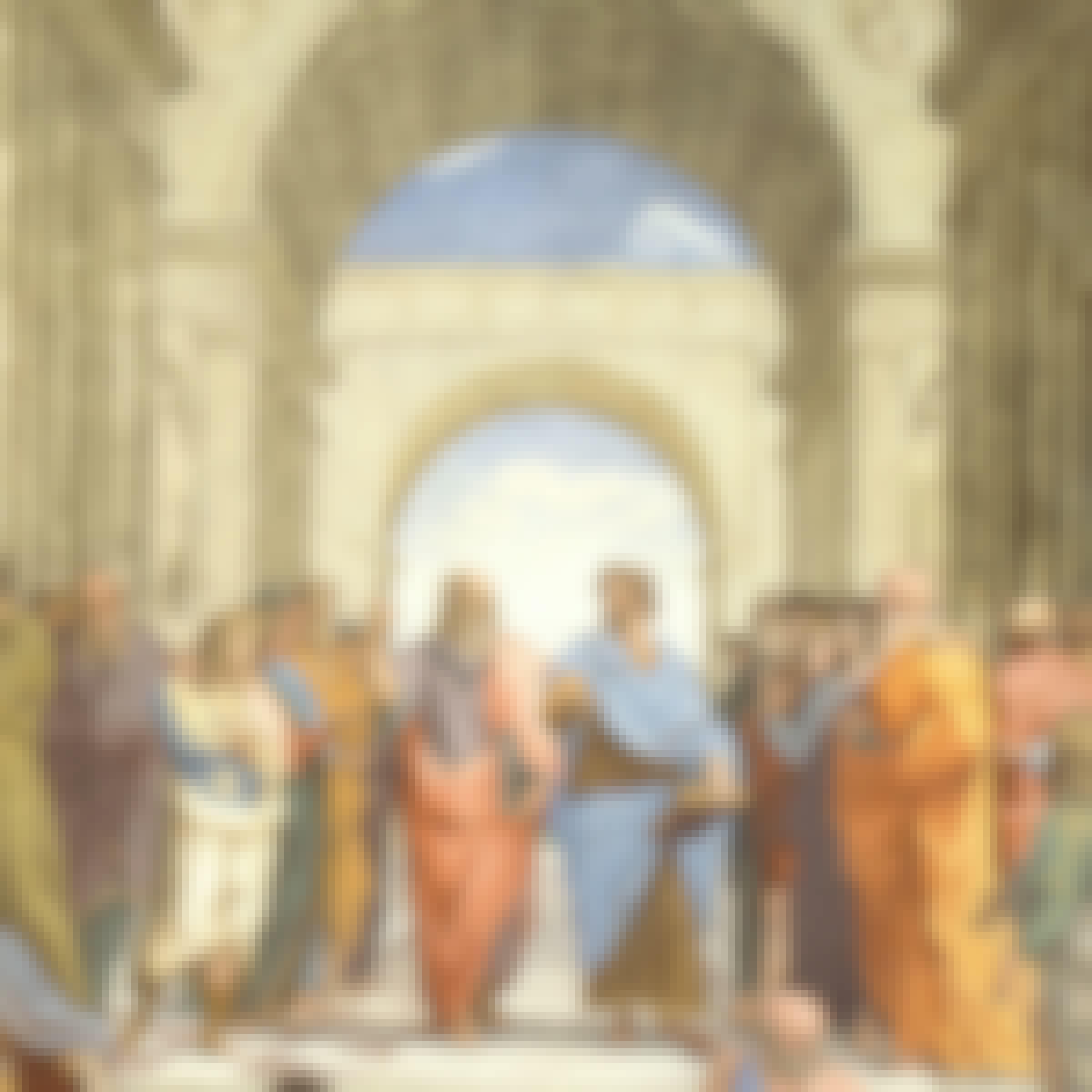 Status: Free
Status: FreeThe University of Edinburgh

California Institute of the Arts
Skills you'll gain: Graphic Design, Visual Design, Communication, Computer Graphic Techniques, Computer Graphics, Creativity, Graph Theory, Visualization (Computer Graphics), Geometry, Interactive Design
Searches related to art history
In summary, here are 10 of our most popular art history courses
- The Modern and the Postmodern (Part 1): Wesleyan University
- Modern and Contemporary Art and Design: The Museum of Modern Art
- Historia del Arte: Del Arte Prehistórico al Renacimiento: Universidad de Palermo
- Magic in the Middle Ages: Universitat de Barcelona
- Greek and Roman Mythology: University of Pennsylvania
- In the Studio: Postwar Abstract Painting: The Museum of Modern Art
- Historia del Arte: Del Barroco al Arte Posmoderno: Universidad de Palermo
- Modern Art & Ideas: The Museum of Modern Art
- Roman Art and Archaeology: University of Arizona
- Bachelor of Arts in Liberal Studies: Georgetown University










